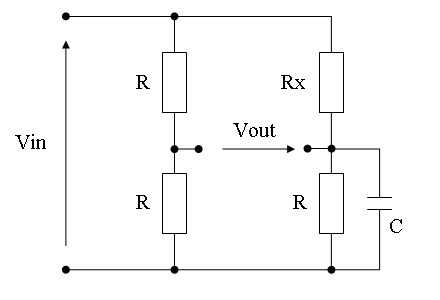subbuindia
Member level 5
- Joined
- Dec 13, 2011
- Messages
- 87
- Helped
- 11
- Reputation
- 22
- Reaction score
- 10
- Trophy points
- 1,288
- Location
- Vellalacheruvu(AP), India
- Activity points
- 1,908
Hi friends.........
1. In CE amplifier, why the output and input are phase shifted by 180 degrees. You may say the voltage drop at collector resistor is increasing by increasing the collector current, then voltage drop at collector terminal will decrease. But, how the phase shift is related to it? And even, if voltage drop decreases (means output decreases) at collector terminal, then how can we say, it act as amplifier? Please, explain with any example? Hope, It is clear for you.
2. Input resistance is nothing but the ratio of input voltage to the input current. Then, why the input resistance of CC amplifier is very high compared to CE amplifier? (I'm saying these two amplifiers have the same input current and same input voltage. Is it correct?) Hope, it is clear for you.
Thanks to all......
1. In CE amplifier, why the output and input are phase shifted by 180 degrees. You may say the voltage drop at collector resistor is increasing by increasing the collector current, then voltage drop at collector terminal will decrease. But, how the phase shift is related to it? And even, if voltage drop decreases (means output decreases) at collector terminal, then how can we say, it act as amplifier? Please, explain with any example? Hope, It is clear for you.
2. Input resistance is nothing but the ratio of input voltage to the input current. Then, why the input resistance of CC amplifier is very high compared to CE amplifier? (I'm saying these two amplifiers have the same input current and same input voltage. Is it correct?) Hope, it is clear for you.
Thanks to all......

